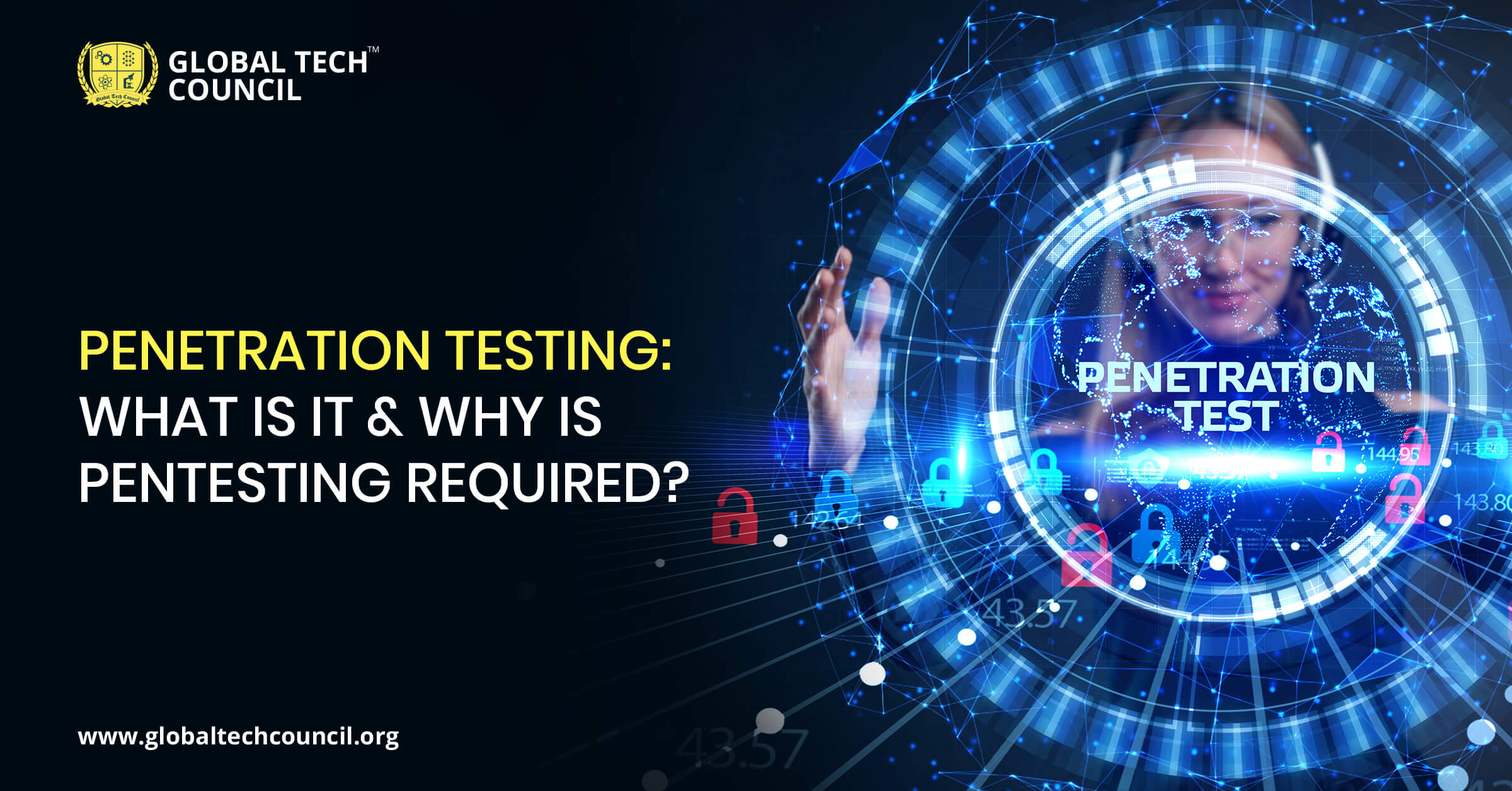
Our world is changing real fast with the help of technological advancement. Technology makes our lives easy. New gadgets with new features make work time-efficient and quick. But at the same time, technologies do have some flaws. Hacking is the main problem. With growing technology and the dependence of people on technology, hacking increased exponentially. Cybercriminals attack the network and try to steal data and personal information for exploitation. Not unique gadgets, but hackers also attack organizations’ networks. So in a technological era, proper protection is essential. Penetration testing is also known as a pen test. This is to test the vulnerability of any network. Pen-test certification or penetration testing certification is necessary to perform this testing. Here we briefly discuss pen-testing.
What is penetration testing:
Penetration testing is the network or system checking to find out the loopholes of the network system. Penetration testing certified people or ethical hackers can perform this testing. Technically, pen testing is a type of black-box testing. The test evaluates the security system of the network by trying to exploit the vulnerabilities. Operating systems, services, and applications sometimes have some flaws which create a loophole. And from these holes, hackers can enter inside the system. Pentester is trying to find out these loopholes beforehand.
When everything is on the network, it is essential to protect the data at a time like this. Financial transactions are also taking place digitally. With the overuse of the internet, cyber-attacks have become a regular thing. Many organizations already have to pay high ransoms to get back their data from hackers. So people are now more conscious about the security of the system than before. And most organizations perform penetration testing regularly. This is to ensure the protection and security of the network.
How does penetration testing work?
Penetration testing mainly has 5 steps. The steps are,
1. Reconnaissance: It is the first step of pen-testing. In this step, the pen tester collects all the necessary data before deploying any accurate testing.
2. Enumeration: In this second step, pen testers identify the loopholes in the system. They find out the possible entry points into the system.
3. Vulnerability Analysis: The tester identifies, locates, and classifies all the security leaks. They check and identify the leaks inside the network system and applications.
4. Exploitation: It is the fourth and most crucial step of pen-testing. In this step, the pen tester exploits the system and exposes further attacks. This is to understand how vulnerable the loophole is. It is a crucial step to know how much rectification is needed to protect the loophole.
5. Reporting: It is the last step of pen-testing. Here the pen tester makes a proper document of the result of the testing. They document all the loopholes in the system, necessary modification, and level of vulnerability. They also write all the steps that led them to a successful stack during the pen-testing.
What is the requirement of the penetration testing:
The necessity of pen testing are as follows:
1. Penetration testing verifies the threats inside the system, and it also demonstrates the ability of the system to protect the network.
2. Pen tests find out the holes from where hackers can enter the system and steal data. Finding the path beforehand saves the network from future exploitation.
3. Pen tester makes the system penetration free from both external and internal threats.
4. While performing the testing, the pen tester also finds out the vulnerable applications. And deleting these applications makes the system safer.
5. Penetration testing protects the data and security of the organizations.
6. Penetration testing also effectively improves the existing security standard of the system.
Common attack vectors in a Pen Test:
Attacking the security system can happen from any part of the system. But professionals suggest focusing primarily on 7 essential attack vectors. These are,
- Cross-site scripting: Here, the tester needs to test the security of the web-based applications.
- Brute force attack: Here, the tester needs to attack the system using a different username and password combination. It measures the strength of the username and password.
- Backdoor shell attack: Hacker uses malware to gain access inside the system. Tester needs to focus on this vector.
- Man in the middle attack: Hacker attempts to gain access to server traffic to modify the network packets before delivering. Tester needs to check the traffic.
- Buffer overflow attack: In this type of attack, hackers flood a buffer with data. And when the buffer fails, they gain access to the memory. Tester needs to focus on this aspect.
- Phishing attack: Here, hackers attempt to steal the data given by users. Tester needs to check this.
- Distributed denial of service: In this attack, hackers flooded the server with requests. And on failing the server, they get access. The tester needs to check the strength of the server.
Conclusion:
As the reach of technology expands, the attack in the system is also growing. To protect the system from hackers, pentest training becomes an essential skill. Pentest certification can also help one to protect their system. With increasing cyber-attacks, almost all organizations hire a pen tester. This opens the door to a great career option. People can do a penetration testing certification course and get proper pentest training. And it will help one to land a high-paying pen tester job for any company.